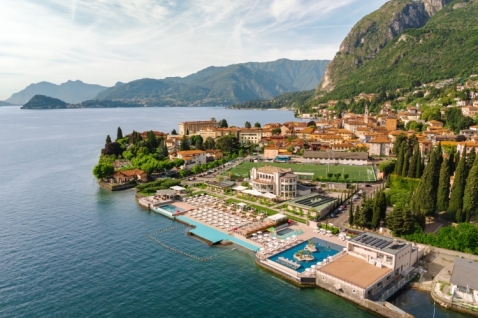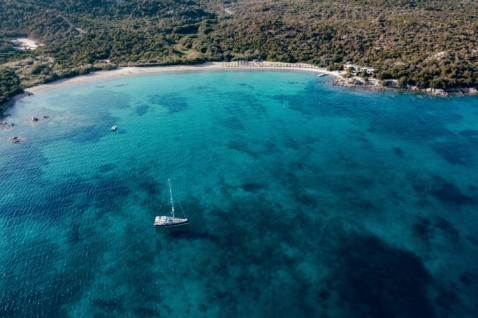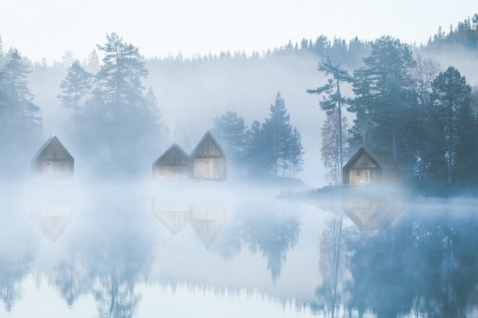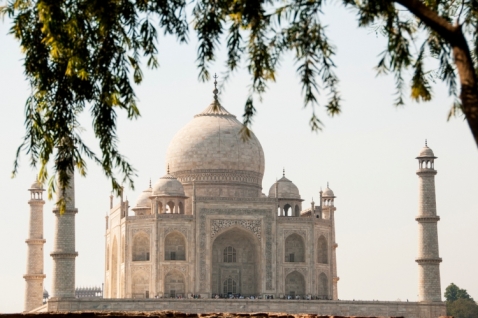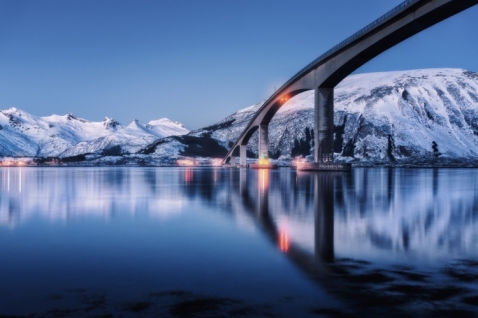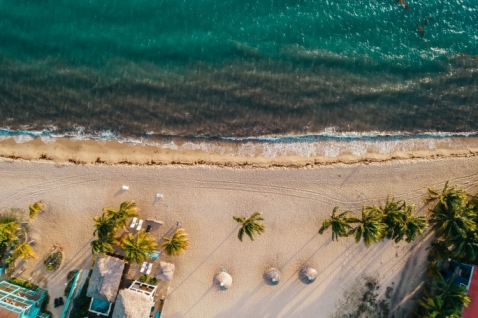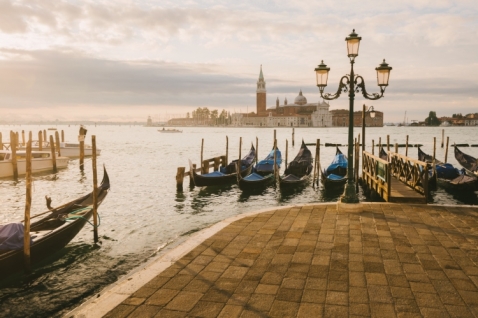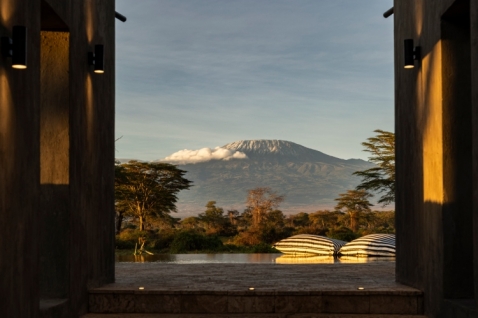The Aztecs founded Mexico City in 1325 A.D. Spanish conquistadors led by the legendary Hernán Cortés conquered it two centuries later. In fact, the combination of ancient Indian traditions and young European ambitions is what makes the modern capital of Mexico unique.
Sights of Mexico City turned the capital into one of the most popular tourist destinations in Latin America. If put together, all of Mexico City's contrasts: high crime rate vs. hospitality of local residents, ultra modern skyscrapers vs. Aztec pyramids, slums vs. magnificent palaces, hills vs. plains - provide the city with a special unforgettable atmosphere.
The Plaza de las Tres Culturas ("Square of the Three Cultures") is the best illustration of harmonious coexistence of past and present surrounded by the Aztec pyramid of Tlatelolco, the Colonial Cathedral of Santiago, and the modern building of the Ministry of Foreign Affairs.
The Metropolitan Cathedral of the Assumption of Mary, located atop a hill on the north side of the Plaza de la Constitucion (the Zocalo, Constitution Square), is one of the largest and most ancient (1573 A.D.) cathedrals in Colonial America. Its central nave measures 110 meters in length and 55 meters in width; it has 51 vaults supported by 74 arches and 40 columns. Together with the vestry and the National Palace, the cathedral forms a magnificent ensemble that combines Renaissance, Baroque, and Neoclassicism.
In the northern part of the city one can find famous Basilica of Our Lady of Guadalupe - one of the most important churches in the entire Latin American continent. The Basilica houses the original tilma (or the cloak) of Juan Diego, which holds the image of Our Lady of Guadalupe. It was the main reason for massive - and voluntary - conversion of pagan Aztecs to Christianity. The first church was built here in 1531 A.D., but after some time it couldn't accommodate everyone. In 1987 a new grand church that could accommodate 20 thousand people was built next to the old one. By the way, the Basilica is one of the most important pilgrimage sites of Catholicism visited by 14 million people every year, which is the highest number of pilgrims in the world.
Chapultepec Park (Bosque de Chapultepec) is the largest urban park in Latin America and one of the biggest in the world. Its territory surrounds the 2325-meter high Chapultepec hill in Mexico City. The park occupies an area of over 686 hectares, ranking with the Bois de Boulogne in Paris, the Imperial Palace East Gardens in Tokyo, and Central Park in New York City. Not only it could be considered the "lungs" of Mexico City, but it is also a concentration of numerous cultural objects, such as the National Museum of Anthropology. Upon entering the museum, visitors are "greeted" by an ancient artifact - seven-meter tall monolith depicting the Rain God Tlaloc in a form of a fountain.
On top of the hill there is a castle of the same name, founded in 1785 A.D. by the Spaniard Bernardo de Galvez. Former residence of the governors, emperors, and presidents of Mexico now serves as the main exhibition hall of the National Museum of History.
Modern landmarks of Mexico City are as ambitious and impressive as their ancient counterparts. The symbol of the city is the (El Ángel de la Independencia) that was built to commemorate the centennial of the of Mexico's War of Independence, which began in the year of 1810. It is a 36-meters high column topped with 6.7-meter high statue of a winged goddess of victory. In her outstretched right hand she holds a laurel wreath, and in her left hand she holds broken chains. The sculpture is cast in bronze and covered with 24-carat gold.
The most famous skyscrapers of Mexico City are the Torre Mayor ("Big Tower" in Spanish) and the Torre Latinoamericana ("Latin-American Tower"). 55-story Torre Mayor, which was built in 2003, has a height of 230 meters and considered to be the highest building in the city. 183-meter high Torre Latinoamericana was built in 1956. It is smaller in comparison to its younger counterpart, but it became famous after successfully withstanding earthquakes in 1957 and 1985. At that time 7.9 and 8.1 points earthquake destroyed many buildings in Mexico City, including the television tower. The Torre Latinoamericana survived and became a symbol of security of the Mexican capital.We can talk about Mexico City endlessly: a fusion of cultures is combined with an elegance and grandeur creating a unique story for each and every building in the city.

